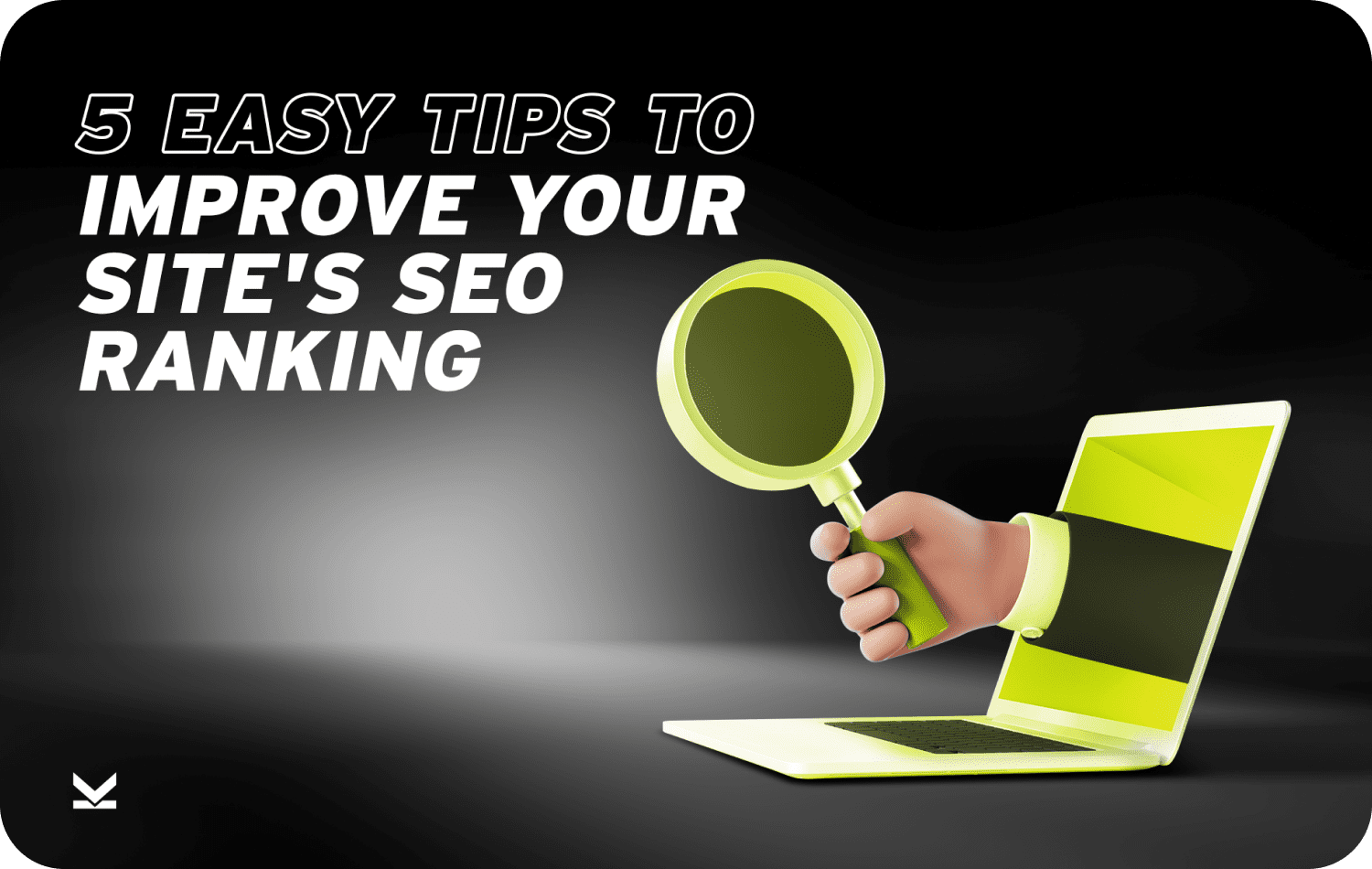Social media platforms are great for expanding your reach and increasing brand awareness, which is great for most brands. But what about businesses that require a more specific and targeted audience? It wouldn’t make sense to pay a premium on advertising on platforms with demographics that don’t really match your target audience. B2B and SaaS businesses, for example, have a much more distinct target audience that cannot be specifically targeted on most platforms.
Luckily, LinkedIn is a social networking site that focuses on connecting “…the world’s professionals to make them more productive and successful.” This means that if you’re a business looking for other businesses to sell your services to, or you have new software that would be very useful for certain professionals out there, you’re in the right place!
Aside from having a company profile an interested prospect can refer to, LinkedIn Ads can help you take advantage of their user base with ad features on nuanced targeting options, lead capture forms, and self-reported data are some of the features LinkedIn offers.
LinkedIn Targeting Options
LinkedIn has, by far, the best targeting options in terms of your target audience’s employment or business type. For one, the platform is basically a resume, except elevated and more dynamic to promote career exploration and professional development. Also, the users are more likely to update their employment information and professional interests on LinkedIn than they would on other platforms.
In their 2020 Targeting Playbook, they’ve listed 5 ways to target your audience.

Four of these options can be found on other platforms in some capacity, but not as nuanced as on LinkedIn. Job experience, for example, is further categorized into a job function, seniority, titles, etc. You can combine each of these factors to target a very specific set of people. In an example described in the same playbook, LinkedIn suggested combining Seniority with Years of Experience options to find individual contributors responsible for making decisions within a company or organization.
If you’re a company trying to sell an on-demand doctor app and wants to sell it to a specific clinic or a hospital to help clients have easier access to doctors, advertising your product to a resident would not likely make a lot of difference. So, you target procurers or even high-ranking doctors with influence.
Mix and match your targeting options to create a customized audience that fits your customer avatar perfectly! Since defining your target audience can take a lot of time and maybe even some A/B testing, you might not want to do it again and again. Fortunately, you can save a lot of time by saving your defined audience as a template and re-using it for your next campaigns.
Aside from these 5 factors, LinkedIn also have retargeting options under “Matched Audiences” targeting.
These options are meant to retarget people who have, in some capacity, already expressed interest in your brand, e.g. visited your website. Maybe they’ve fallen off your funnel at some point, and you want to re-engage them. These retargeting options can help you do that by targeting them specifically and placing ads relevant to the phase they’ve fallen off of the funnel.
Website Retargeting
Target audiences that have already visited your website, and show them advertisements relevant to the pages they’ve shown an interest in. You do have to add the “LinkedIn Insight Tag” on your website for LinkedIn to track your website visitors.
Retargeting by Engagement
Engagement here specifically means those who have either watched a significant part of one of your video ads or those who have opened or started filling up a lead gen form but never submitted it. Because they’ve engaged with your ad, you have it in good authority that they are at least interested in what your brand has to offer.
Contact Targeting
This involves a customized audience by integrating or importing a contact list you’ve already built from other contact management platforms. You can either integrate your contact platforms or upload a list of email addresses. Integration is by far the easier of the two options and has been made easier through LinkedIn’s growing network of marketing partners.
Company List Targeting
Lastly, company list targeting aims to target influential decision-makers in specific companies. You need to match your list with LinkedIn pages and compile a list of 1000- 300 000 companies. Like contact targeting, you can also integrate your lists from other account-based marketing platforms like Bombora, Engagio, G2, and many others.
Now, onto the ads themselves. LinkedIn ads offer a variety of ad types to cater to the unique needs of each brand and to achieve different goals. There are 4 general categories of ads on LinkedIn. These are sponsored content, sponsored messaging, lead gen forms, and text and dynamic ads.
Let’s dive deeper into each type and the different subtypes under them.
Sponsored Content
This type of ad is shown on the LinkedIn feed. Your target audience will see these ads while they’re scrolling through their feed.
Here’s an example of sponsored content.

Single Image Ads
The sample ad above is an example of a single image ad. As the name suggests, this sponsored content ad consists of one image and a caption.
Video Ads
Video ads can be as short as 3 seconds and as long as 30 minutes. These videos can help show your audience a more dynamic and eye-catching ad.
Carousel ads
This ad shows a series of images. It is interactive because, unlike single-image ads where users can look at it and scroll further down, they need to swipe on the post to see the next images.
Event ads
These are specifically for events you want to encourage people to attend. These ads also have a button interested people can click to learn more about the event or a link to complete a purchase or to register for the event.
Document ads
These ads encourage your audience to download documents such as ebooks or guides in the feed.

Sponsored Messaging
These ads are different from the previous type in that your audience will encounter them in a much more personal space, their messages.

There are two types of sponsored messaging ads: conversation and message ads. The image above is an example of a conversation ad. With conversation ads, you can set up multiple call-to-action buttons that link to your landing pages, open a Lead gen Form, or drive engagement with more information in the next message. On the other hand, message ads display a targeted message with a single call-to-action button.
Lead Gen Forms
Lead gen forms are often presented through some of the other types of ads already mentioned. For example, an event ad could include a lead gen form that interested people need to fill up to gain entrance to the event.

One other good way is to offer a free service in exchange for a lead gen form. A clever example of this would be the following image.

Text and dynamic ads
These are shown on your LinkedIn page’s right rail under the “Promoted” section.

There are three types of ads you can place on the right rail. These are:
Text ads
The sample image above shows text ads on the right rail. True to the name, these ads consist mainly of a logo and a short textual description of the service being offered.
Spotlight ads
These are very similar to single-image ads, except they’re placed on the right rail. Also, spotlight ads are clickable ads that directly send your audience to your website or a dedicated landing page.
Follower ads
If you want to increase your follower count, you can place follow ads on the right rail to encourage people to follow your page.
LinkedIn Advertising Cost
The cost of LinkedIn advertising can vary depending on different factors. However, to put it simply, you are billed when “billable” events occur. As for which are considered “billable,” it would depend on the campaign objective you choose when setting up your campaign. For example, you launch an ad that aims to increase your website traffic. So you set “Website Visit” as your objective. Then, every time someone clicks on your ad and visits your website, you get billed because a website visit is a “billable event” under that objective.
According to WebFX, the average LinkedIn advertisement costs can look as follows:
| CPC | $5.26 |
| CPM | $6.59 |
| Cost per “Send” | $0.80 |
Here is a list of campaign objectives you can choose at the beginning of your campaign as well as corresponding

Like most advertising platforms, LinkedIn offers can increase your brand awareness, generate leads, and overall increase your sales, given that your strategy works. However, LinkedIn provides the advantage of a professional user base and millions of company pages, making it uniquely positioned to cater to B2B and SaaS businesses. But also like other platforms, it takes careful planning and clever strategizing to edge out competitors who are, no doubt, aiming for the same audience on LinkedIn.
We can help you with that! Just schedule a free strategy session with one of our expert marketers.




